USA is set to conduct flight tests over US cities
NASA has unveiled a one-of-a-kind, silent supersonic aircraft as part of the US space agency's mission to enable commercial supersonic flight.
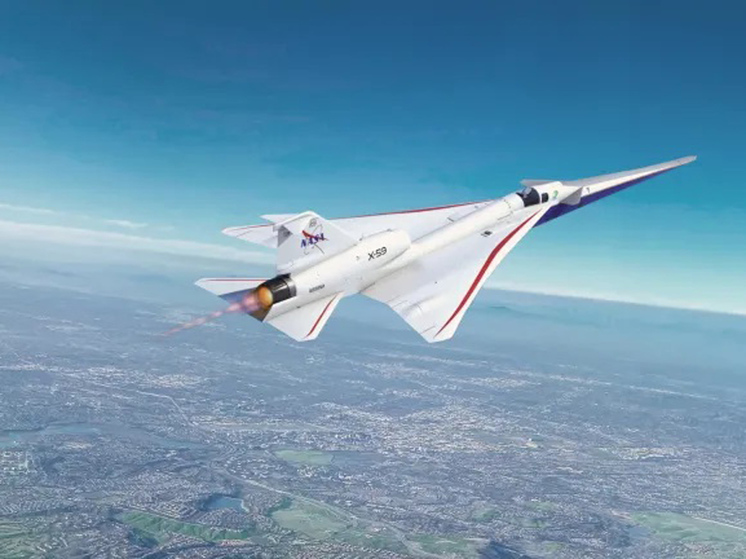
At a joint ceremony with Lockheed Martin Skunk Works in Palmdale, California, NASA unveiled the X-59, an experimental aircraft expected to fly at 1.4 times the speed of sound, or 925 mph (1,488 km/h). h).
As The Guardian writes, the plane, whose length is 99.7 feet (30.4 meters), and width – 29.5 feet, has a thin, pointed nose that is almost a third of the aircraft's total length, – a feature designed to disperse the shock waves that typically surround supersonic aircraft and result in sonic booms.
In an attempt to further enhance the plane's supersonic capabilities, engineers positioned the cockpit nearly halfway down the length and eliminated the forward-facing windows commonly found on other aircraft.
Explaining the configuration, NASA Associate Administrator Pam Melroy says, “We made this decision to make the aircraft quieter, but in fact it is in itself an important step forward in the development of aviation technology. Faced with the huge problem of limited visibility in the cockpit, the team developed an external vision system that is truly a miracle thanks to high-definition cameras connected to an ultra-high-definition monitor.
“The external vision system has the potential to influence future designs aircraft, where the absence of this forward-facing window may be advantageous for engineering reasons, as happened with us”, – Melroy adds.
The plane also features a top-mounted engine and a smooth bottom to prevent shock waves from forming behind the plane and causing sonic booms, according to The Guardian.
The X-59 will make its maiden flight later in the year, NASA said. this year, and then its first silent supersonic flight. The agency added that once the X-59's test flights are complete, it will fly over several yet-to-be-selected cities across the U.S. and gather public feedback on the sound generated by the aircraft.
For the past 50 years, commercial supersonic flight over land has been banned in the United States due to public concerns about explosive sonic booms that could be heard miles away.
Addressing this prohibition, Bob Pierce – Deputy Administrator for NASA Aeronautics Exploration Mission – says: “Ground flight tests have shown us that it is possible to design an airplane that produces a soft thud instead of a sonic boom. Is the sound quiet enough to support supersonic flight over land? Our laboratory studies would show that yes, but the real answer can only be found by involving people who would hear it in everyday life.
Pierce said that the mission of the X-59 would be to “gather data from the people below, determining whether this sonic boom is acceptable, and then transmitting the data to US and international regulators in the hope of then overturning this ban.
At the post-launch press conference, David Richardson, Lockheed program director Martin X-59, said testing of the X-59 is expected to begin around late spring or early summer. “If we find that something is not working nominally, we will go in and make adjustments, or if there are any parts that are not functioning, we will replace them to ensure that the aircraft is fully functional, airworthy and safe. before we send it on its first flight”, – Richardson said.

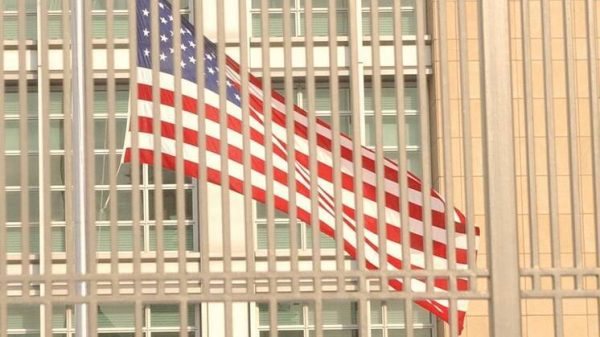



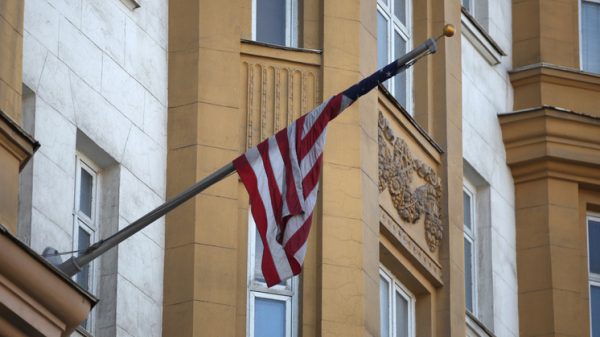

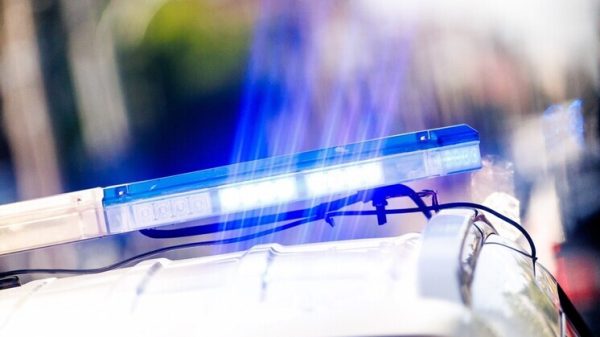


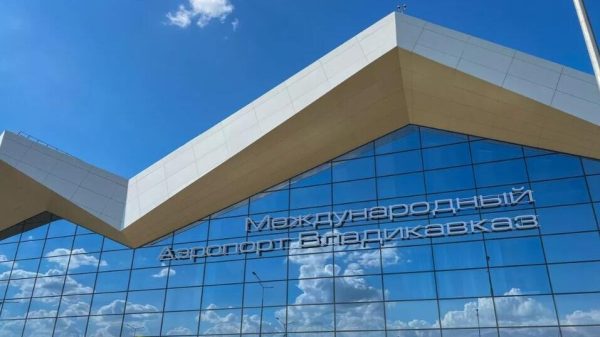




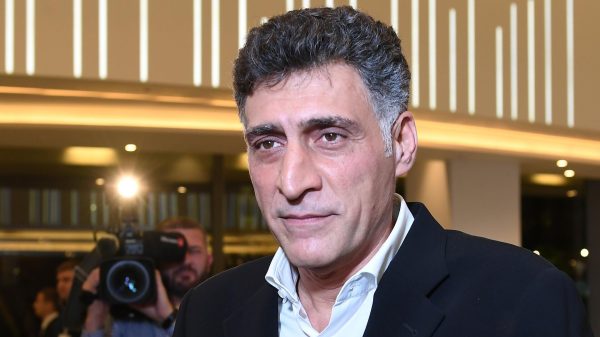



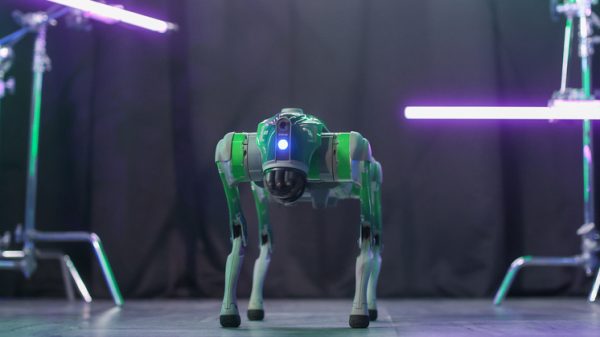
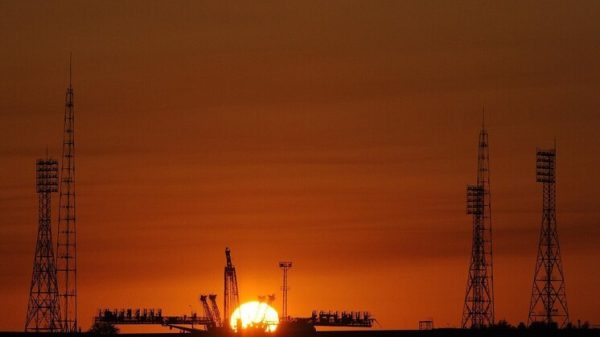







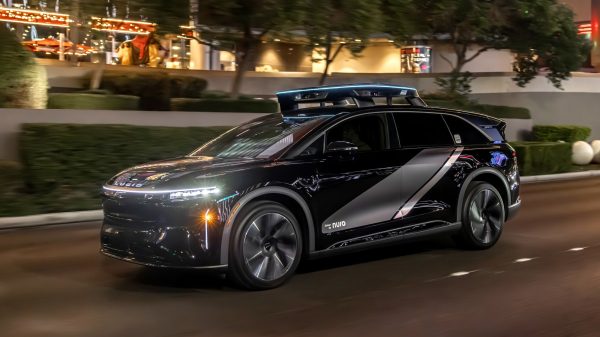
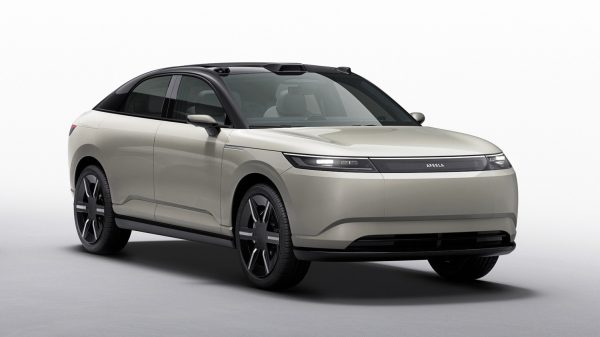

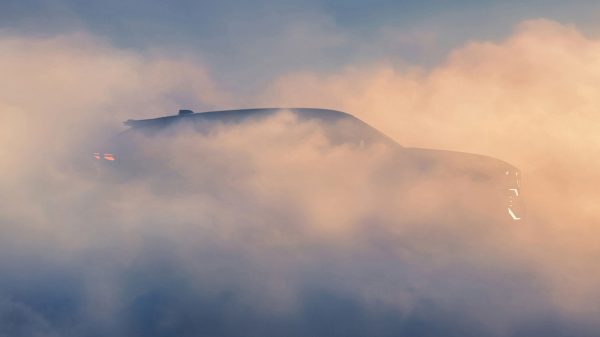






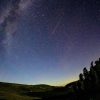

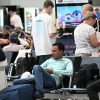




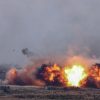





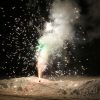






Свежие комментарии